The 2025 Honda CR-V e:FCEV makes history by infusing hydrogen fuel cell technology with plug-in battery tech to create a unique clean vehicle offering that could reshape the way that buyers think about fuel cell-equipped vehicles.
The Honda CR-V compact crossover utility vehicle, CUV, has been one of the most popular CUVs in America and accounts for more than 56% of Honda’s CUV/SUV sales and a third of all the brand’s sales. Updates since its debut in 1997 have included the first ever CR-V Hybrid in 2020, and its latest green model, the all-new 2025 CR-V e:FCEV.
In a first-ever technology pairing, Honda is mating plug-in battery electric and hydrogen fuel cell electric, breaking the norm of having a gasoline engine being part of a hybrid drivetrain or having a fuel cell vehicle run solely on hydrogen. This is revolutionary, and according to Honda advances their zero emissions goals where 100% of their vehicles will be battery electric or fuel cell electric models by 2040.
Dual Electrification Sources

All e:FCEV models will be powered by a hydrogen fuel cell that’s been paired with a plug-in EV powertrain
The 2025 CR-V e:FCEV, plug-in hydrogen fuel cell electric vehicle, will have a 270-mile all-electric driving range (AER) from the 92.2 kW hydrogen fuel cell, with up to 29 miles of range coming from the 17.7 kWh plug-in battery. Both systems can power the car independently so if either the electricity or hydrogen are low, you won’t be stuck on the side of the road.
Through a chemical process to power the motor and charge the lithium-ion battery, electricity is created by oxygen being introduced to a fuel cell filled with compressed hydrogen gas. The by-product is water vapor that harmlessly drips from the tailpipe, making the e:FCEV a zero-emission vehicle. The e:FCEV’s plug-in battery charges in less than two hours with a 240V Level 2 EV charger, or about 10 hours using a common 120V household plug. Level 3, DC Fast Charging is not available. Charging nightly and driving under 29 miles will mean less need for hydrogen fuel, which is currently available at one of about 50 stations in California.
MPGe fuel economy is rated at 61 city/52 highway/57 combined using the electric battery and compressed hydrogen fuel. MPGe is a measurement of how far a car can travel electrically, on the same amount of energy as is contained in 1 gallon of gasoline. The closest comparisons for hydrogen-only cars are the Hyundai Nexo and Toyota Mirai.
The Hydrogen Considerations
- Hydrogen costs (as of April 2024) $36 per kilogram (kg), so the e:FCEV’s 4.3 kg tank will cost about $155 to fill. It takes about five minutes to fill the tank.
- Hydrogen fuel stations, just like electric charging stations, have a spotty record of not being operational at all times. This is why it is crucial to use an availability website, such as the one from the Hydrogen Fuel Cell Partnership.
- Hydrogen prices fluctuate in a broader range than gasoline or electricity. In 2022 it was $16 per kilogram compared to now where it sits around $36 per kilogram.
- Versus an electric car, the cost to fuel difference is substantial. The cost to charge an electric car with a 66 kWh battery, with a California average of 19.39 per kilowatt hour for electricity, would cost about $12, to drive 300 miles, which is a common all-electric range found on many EVs and comparable to the 270 AER of the CR-V e:FCEV. With a home charger and solar panels, the cost to charge an EV would be even less.
- The CR-V e:FCEV is limited to the California market only
Short Drive
Honda invited automotive journalists to drive the e:FCEV on a short loop near their Torrance, California headquarters. The combined performance from the 174 horsepower electric motor and 229 pound-feet of torque was 8.0 – 8.5 seconds in 0 – 60 mph runs. While not fast by EV standards it is perfectly fine for entering freeways, which is what the e:FCEV will be doing a lot of as it will only be leased in California when it hits dealers in late 2024.
There are three drive modes: Normal, ECO, Sport and Snow, with Normal and Sport being our favorites for accelerator feel and performance. On the freeway with consistent 65+ mph cruising we opted for ECO to maintain maximum range. With the e:FCEV being a California-only car, the Snow mode would not have been called on too often.
To provide a basis for comparison Honda let us first drive a CR-V Hybrid that weighed 500 pounds less than the e:FCEV, a weight difference that was noticeable but not in a bad way. The extra heft gave a solid feel to the ride, with stable handling. Braking on the e:FCEV was a bit longer than the hybrid, but once understood, adjusting for it was not an issue. Our limited time behind the wheel was on city streets with no corners to attack, which is perfectly fine as Honda is not marketing the e:FCEV as a performance SUV anyway.
There will be a more detailed review of the driving impressions, posted just before the CR-V e:FCEV comes out later in the year. Make sure to opt-in to the Headlight.news newsletter (top right of page) to be notified of all new stories and vehicle reviews.
Pleasing Exterior/Welcoming Interior
Design-wise, the e:FCEV and the CR-V Hybrid are similar. Subtle-but-obvious differences are the e:FCEV is 3 inches longer, the front end is sleeker with a smaller upper grille and different lower front and rear fascias, narrow headlights that lead to a longer hood, new vertical tail lights, and 18-inch,10-spoke black wheels.
The CR-V e:FCEV comes in one trim level of Touring. The driver and passenger seats are heated, with power adjustments. The cockpit design is similar to the CR-V Hybrid, with a 10.2-inch digital vehicle information screen, and a 9.0-inch HD touchscreen for the 12-speaker Bose audio system with Apple CarPlay and Android Auto. Overall, the build quality was at a high level, with a honeycomb pattern dash panel, soft surfaces on the dash and door panels, complemented by wireless phone charging, heated steering wheel, dual-zone climate control, and hands-free power liftgate. The shift-by-wire gear selector in the center console eliminates a conventional space-grabbing shift lever.
The rear seats are made for grown humans: two comfortably but three for short jaunts. There is a low sill step-over which was nice. The rear seat itself, divided by the fold-down armrest with cup holders, had ample leg, shoulder, and headroom. For storage, the rear seat folds 60:40 but the space is compromised a bit as the fuel cell tanks were placed under the rear seat.
Safety
All CR-V models come standard with active and passive safety features such as front and side airbags, and Honda Sensing, their advanced driver assistance systems, or ADAS. Safety technologies include forward collision and road departure mitigation, lane keep assist and adaptive cruise control.
More Honda Stories
- Honda Zeroes in on a New Line of EVs with Debut of Two Edgy CES Concepts
- Honda Surprises with Prelude Appearance at LA Auto Show
- New 2025 Honda CR-V e:FCEV Gets the Automaker Back into the “Hydrogen Economy”
Pricing and Availability
Honda will announce prices for the 2025 CR-V e:FCEV closer to when it goes on-sale in late 2024. It will qualify for federal and California tax credits, as well as the coveted HOV sticker that allows for a single driver to use the carpool lane.
Honda’s “Triple Action to Zero” Environmental Plan
Honda has implemented a “Triple Action to Zero” plan, which includes their products and corporate activities working towards a carbon-neutral society.
- Carbon neutrality for all Honda products and corporate activities by 2050.
- Using 100-percent sustainable materials enabling Honda to recycle or reuse every bit of the materials from its vehicles.
- Clean Energy, including electrification and hydrogen for the company and vehicles.
Observations: 2025 Honda CR-V e:FCEV
Keep in mind the 2025 Honda CR-V e:FCEV will only be leased in California, with only 300 committed to being built annually. Compared to its FCEV competitors that are also only sold or leased in California the Toyota Mirai (357 to 402 AER) and Hyundai Nexo (354 AER) the Honda has a lower overall driving range.
However, the key to making the 2025 Honda CR-V e:FCEV work (and its ace in the hole) for your budget and convenience, will be home charging using the 29-mile all-electric driving range to its fullest whenever possible. If your driving is close to home the Honda CR-V e:FCEV may be a better option if you are interested in taking the hydrogen plunge.
The 2025 Honda CR-V e:FCEV is a test of how a plug-in hydrogen fuel cell vehicle operates in the real world and its acceptance by the public. It will be built by hand in Marysville, Ohio at Honda’s Performance Manufacturing Center, the same facility that hand-built the very sporty Acura NSX.

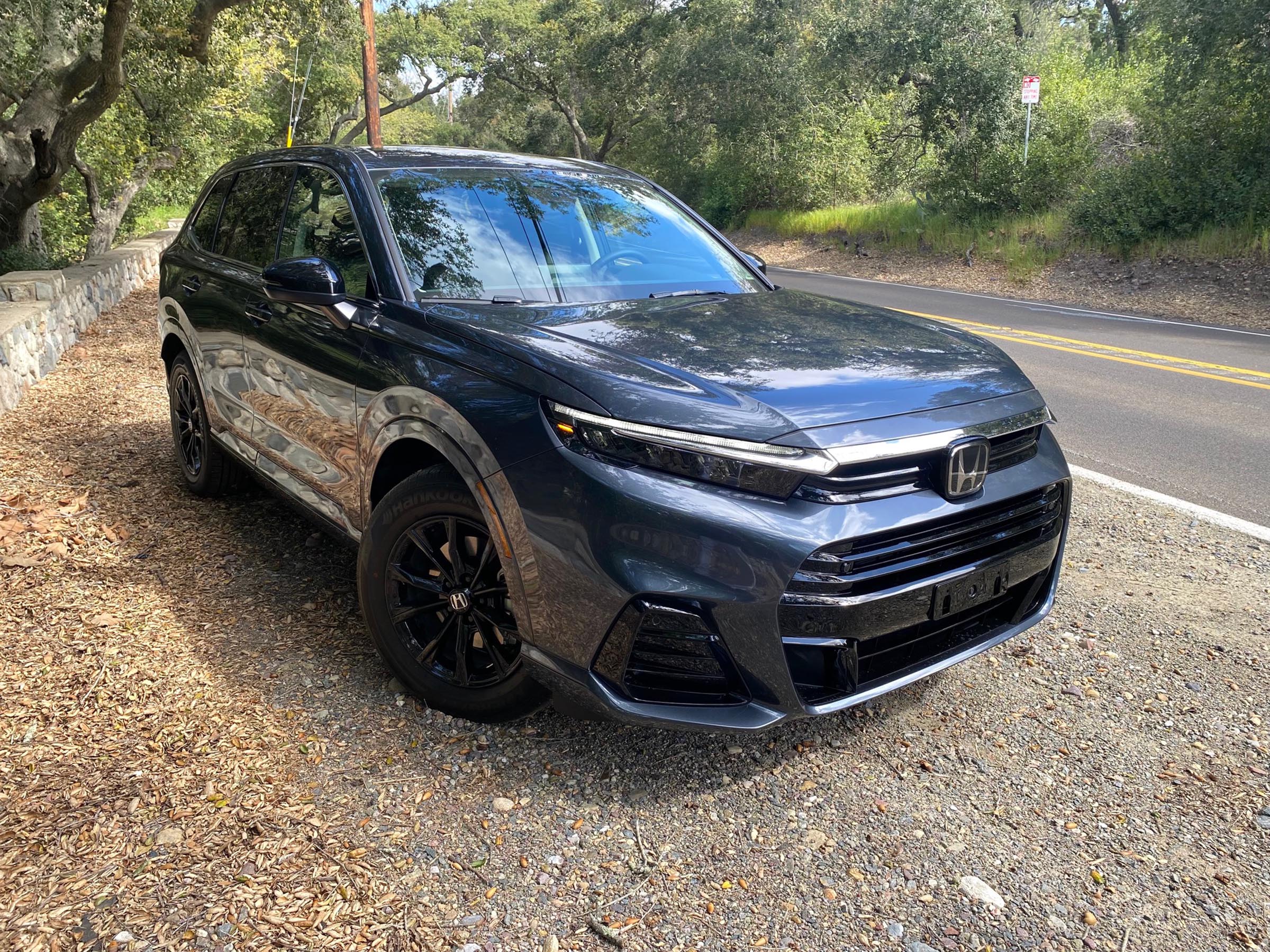
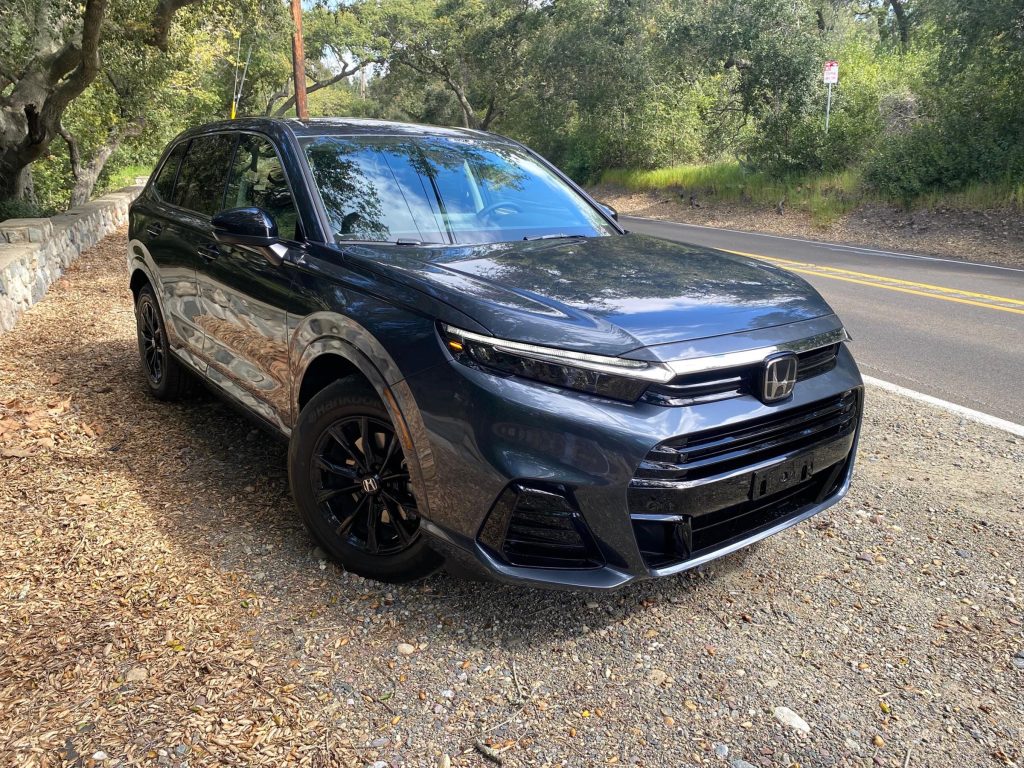

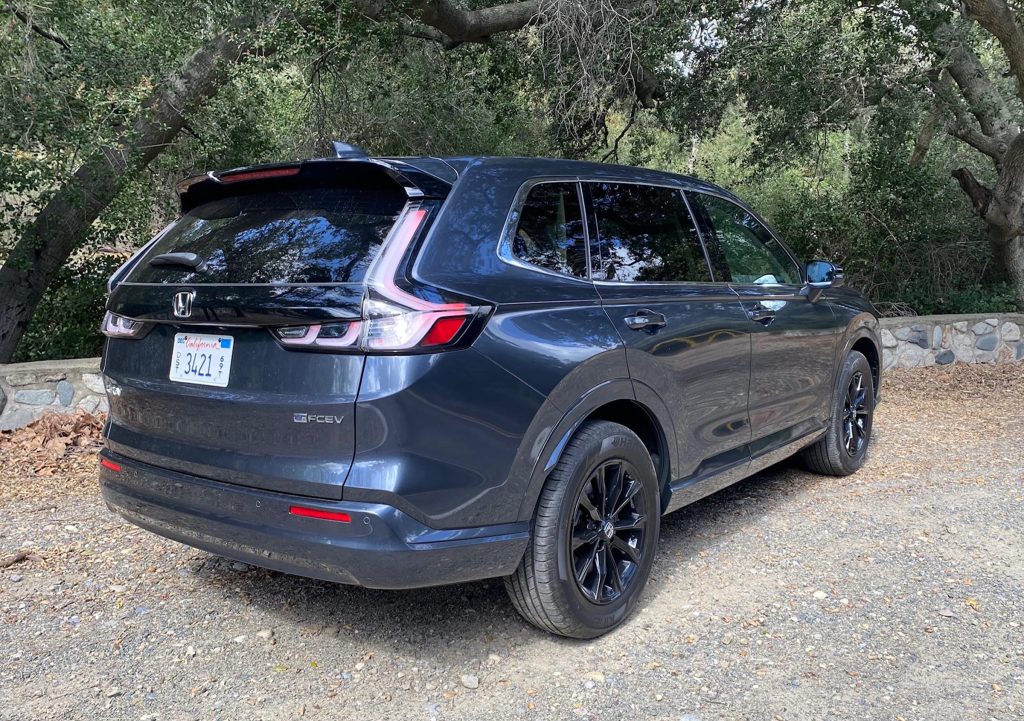

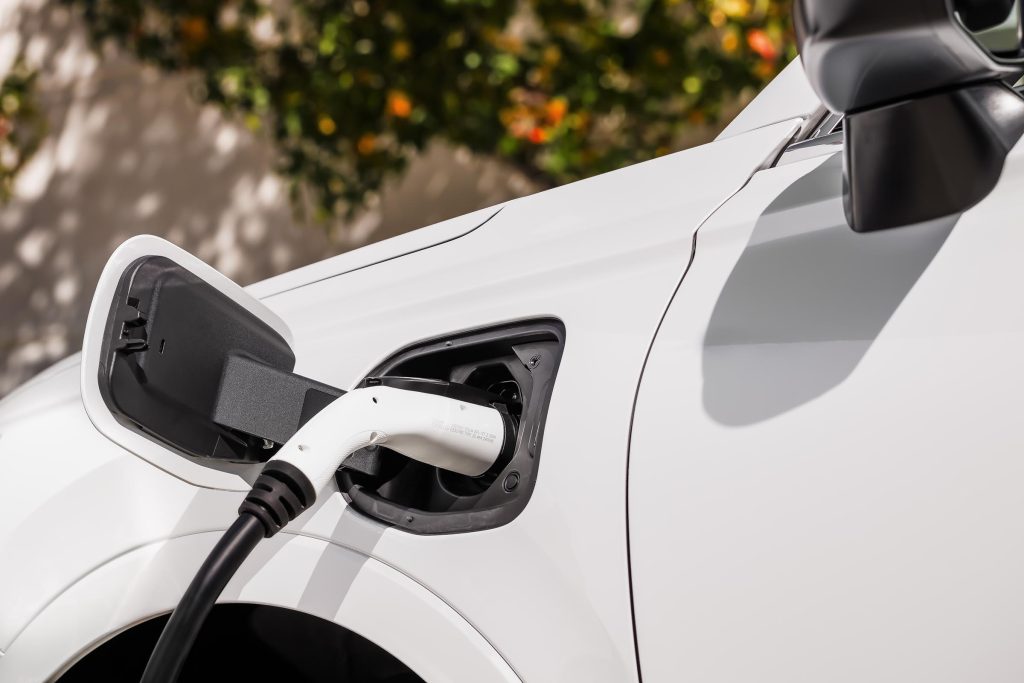


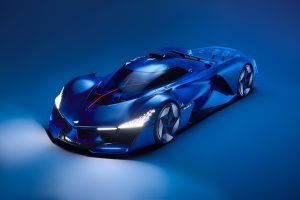

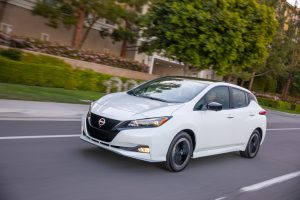



0 Comments